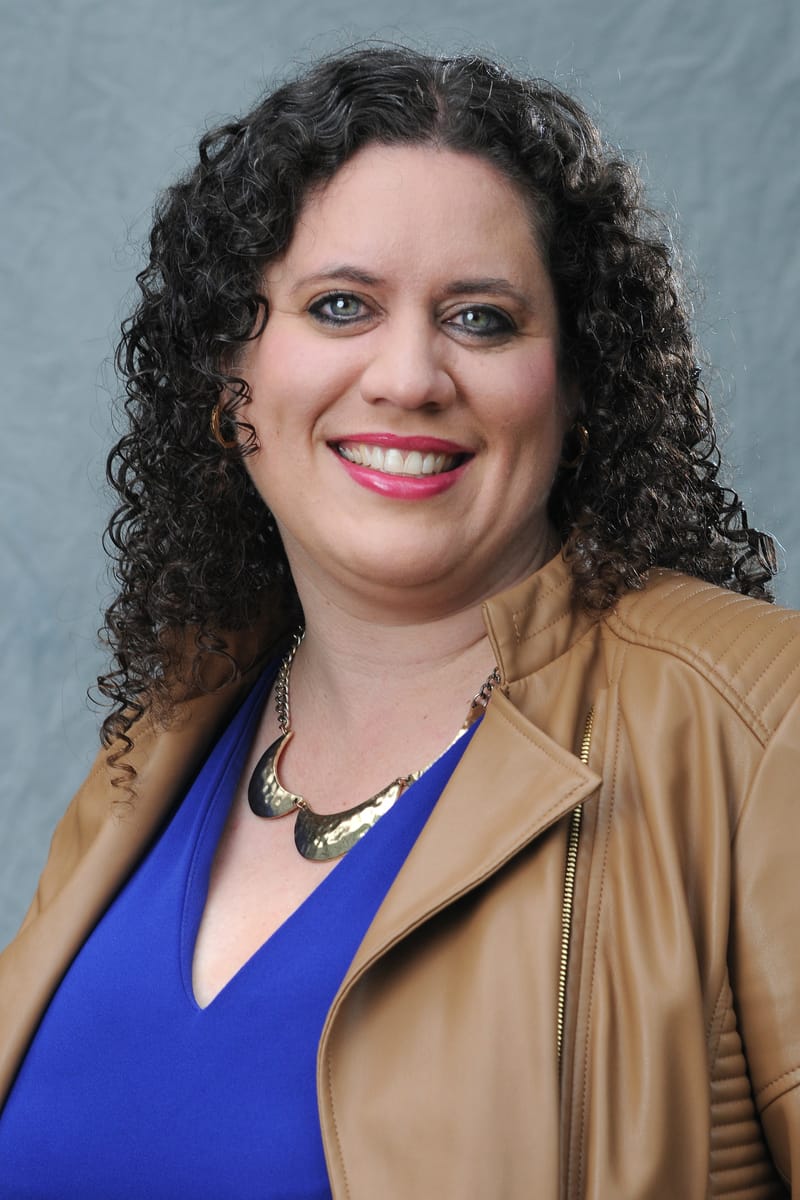More women than ever are in the workforce — but they’re still doing the bulk of the childcare

More women than ever have entered the U.S. workforce, but they are still doing the bulk of the childcare. Photo by Andrej Lišakov via Unsplash
What you probably already know: More women than ever have entered the U.S. workforce in recent years, driving the share of women in their prime working years from 75.8% up to 77.9%, according to the Labor Department. But a piece in the Wall Street Journal cautions that we shouldn’t do a victory lap just yet.
Why? While work-from-home opportunities have enabled some of this increase, this same system also means women in heterosexual relationships are continuing to take on more of the childcare and home work than their male partners. Basically, the flexible schedule comes with a price: You’re available to do the laundry and pick up the kids between Zoom calls.
What it means: Part of the reason women are entering the workforce in droves isn’t just about flexibility. It’s also because costs are making it harder for families to live on one person’s salary. Meanwhile, those same women are paid about 17% less than their male colleagues when they do go to work, and because the U.S. has no federal support for childcare, often take on that work as well.
What happens now? There’s an increased push in recent years to bring similar child care support that most other high-income nations have to the U.S. There’s a $10 a day child care system in Canada and in Japan, which instituted child care support a decade ago, 83% of the country’s working age women are employed. In Sweden, which has similar supports, 90% of women have jobs.
Check out the Formidable Podcast — informational interviews with women leaders on news-driven topics, spotlighting timely and thought-provoking issues facing our world.
Our latest episode features Shelly Lombard, who spent her career in distressed debt for the big banks, shifted to public company board work and then founded a company that helps women learn to schmooze. She offers tips on networking with a purpose, while also sharing some of her own mistakes.
Listen on Spotify or Apple Podcasts.

